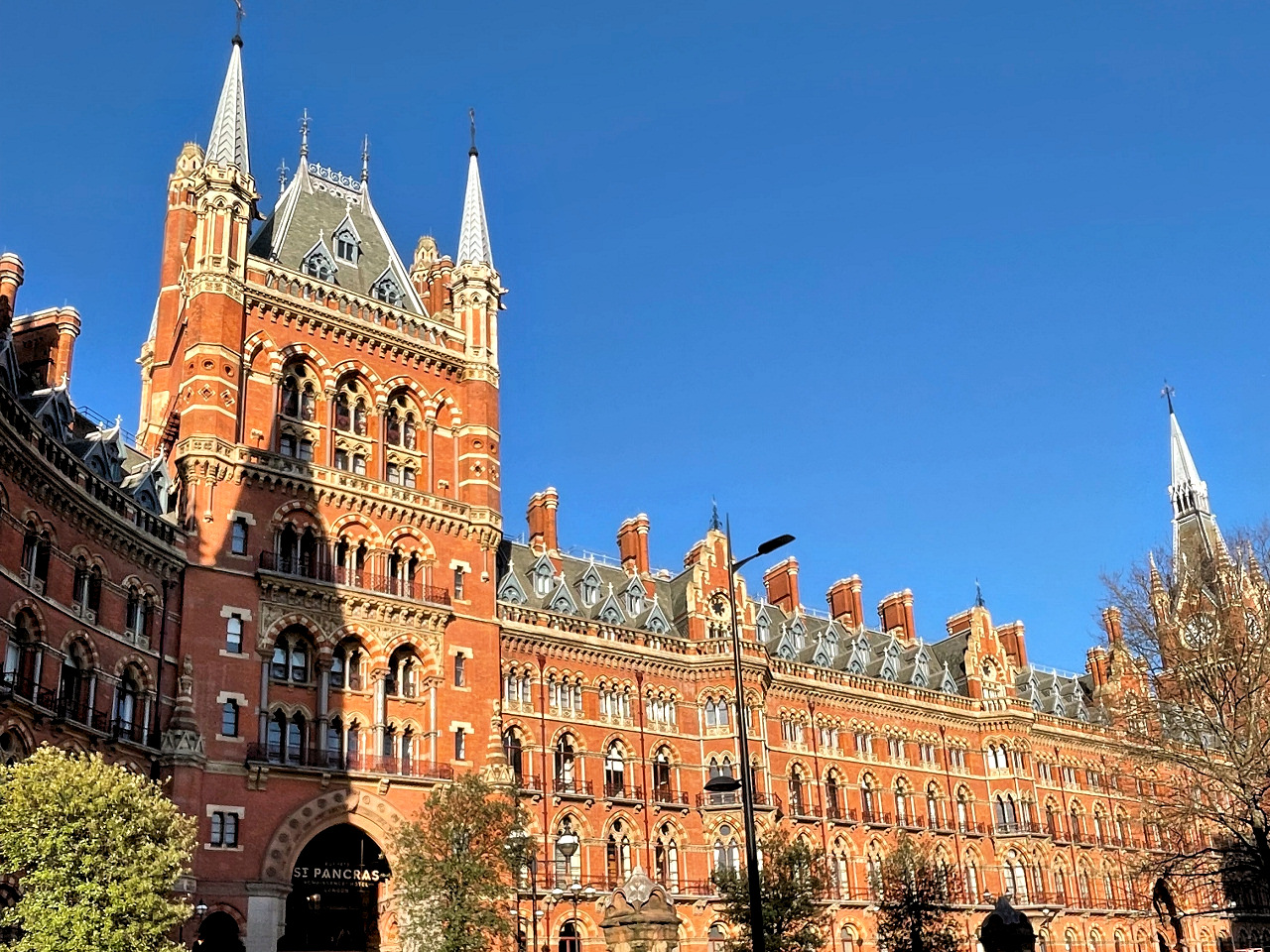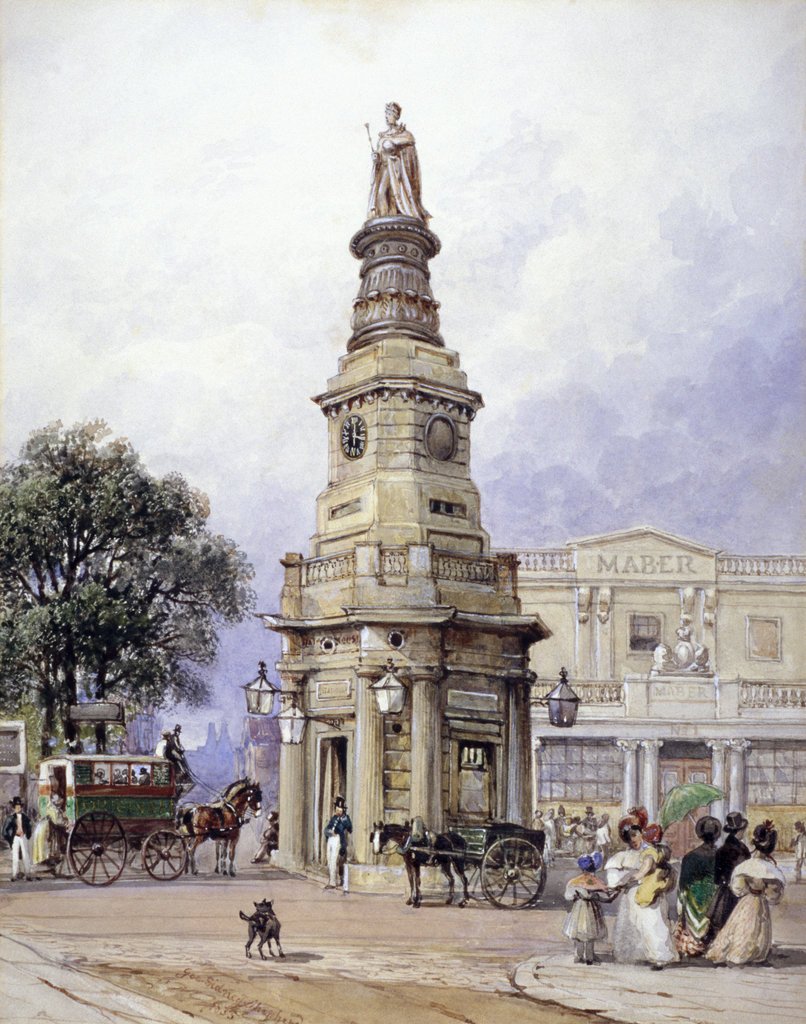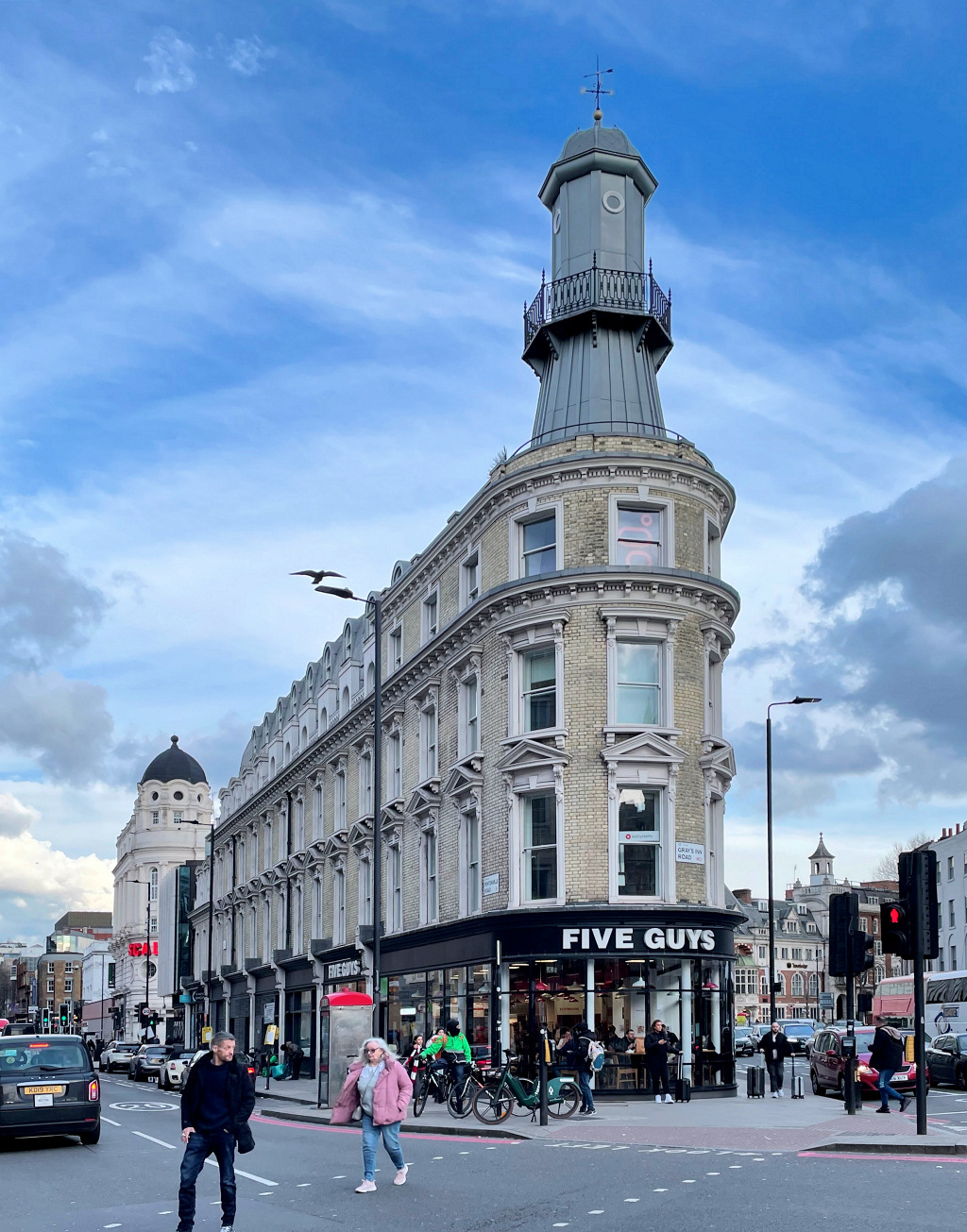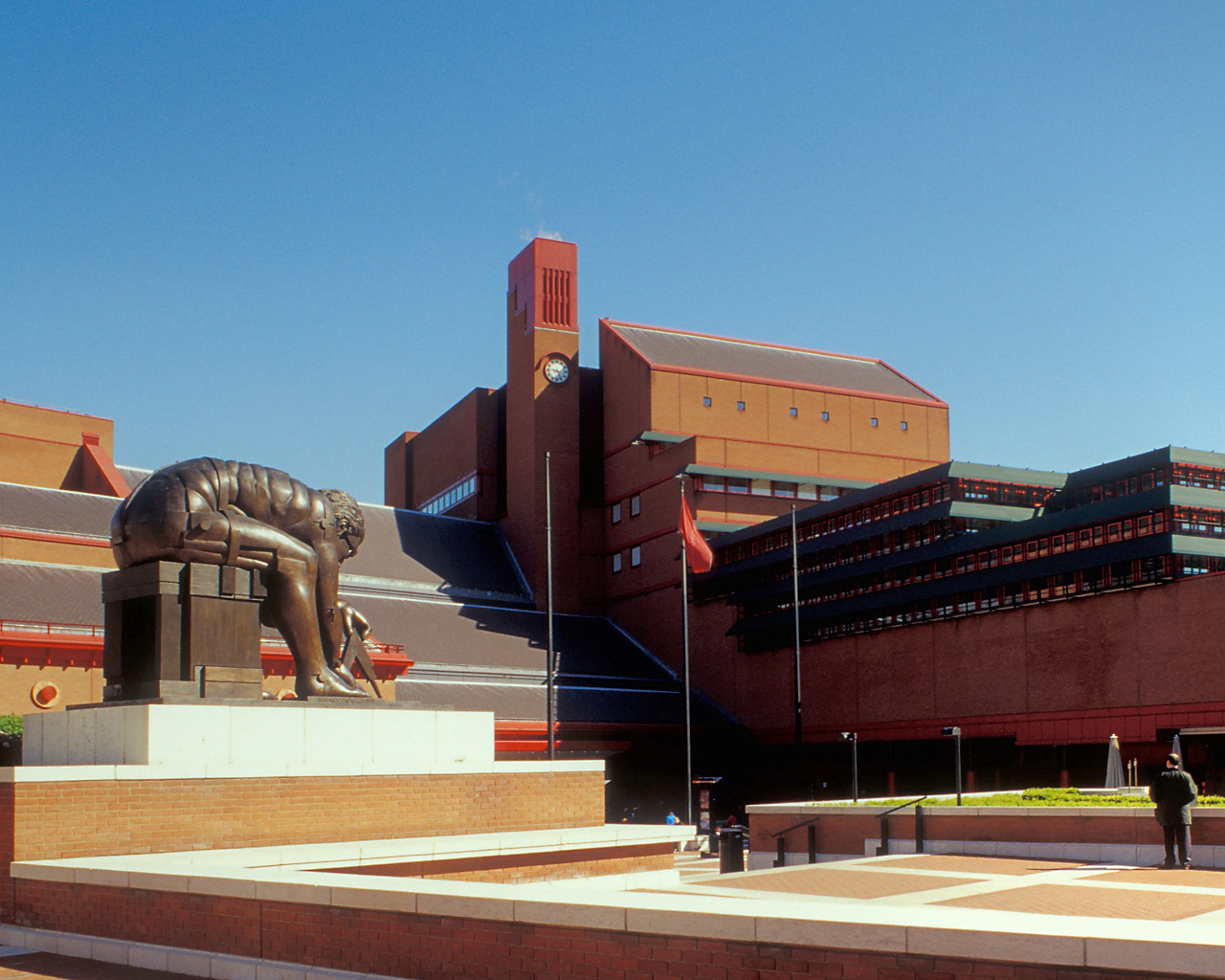Updated: 5 May 2024 |
|
Walk page: Click to view |
King’s Cross and St Pancras appendix
MORE INFORMATION ON KING’S CROSS AND ST PANCRAS
Extra information about some of the most significant places and subjects mentioned in the King’s Cross and St Pancras walk, together with pictures.

ST PANCRAS HOTEL AND STATION
The journalist Simon Jenkins wrote an article that was published in The Guardian on 7th November 2007, criticising those who condemn saving heritage buildings such as St Pancras, but then when their views are fortunately ignored, are happy to celebrate their reopening! Whilst not everyone may agree with his sentiments, and the article is over fifteen years old, I felt it worth pasting an extract here, as it’s something that continues to happen in London – Liverpool Street Station is the latest to be under the spotlight.
Not since the 1890s and the Midland Railway’s Johnson 4-2-2 “Spinners” class had St Pancras had an engine (and a reception) worthy of its majesty. Tim West, re-enacting the station’s creator, William Barlow, pointed out that the original opening in 1868 had seen “no bands, no bunting”, just the demure arrival of a first train. He had been waiting for someone to say hurrah. London and Continental Railways obliged.
Champagne duly flowed. Sides of beef marched through the undercroft. Oyster and crab were piled high. French cheese was everywhere. Britain may be poor at grand projects, but it knows how to do all-singing all-dancing, no-holds-barred, bank-busting celebration. The only let down was a dreadful Blairite movie about legacy, regeneration and Olympics, political correctness a decade out of date.
But how much blood has flowed over these old stones? On Tuesday one thousand of the great and good congratulated themselves at the marvel of Barlow’s shed and the detailing of Gilbert Scott’s great hotel, at his gargoyles of drivers and engineers, his majestic brick arches, his great ticket hall like a cathedral confessional, his towers, gables, dormers, fireplaces, swirling staircase and celestial ceiling. They marvelled today, but once they condemned as “heritage freaks” those without whom all this would have vanished.
As usual on these occasions those who should have been thanked were ignored. In the terrible 1960s, the station’s elegist, John Betjeman, bleakly wrote that it was simply “too beautiful and too romantic to survive”. He added: “No one except you and me, dear reader, believes there can be anything beautiful about a railway station.” Betjeman was not mentioned on Tuesday, though his statue graces the concourse.
Nor was there mention of the true saviour of St Pancras, the Victorian Society, which single-handedly fought not just ministers and railwaymen but self-styled aesthetes such as John Summerson, who declared the place “nauseating”. Credit also goes to the then minister, Lord Kennet, who fought the transport lobby and listed the building Grade I in 1967.
THE AMAZING SECRETS OF EUROSTAR
I can also recommend another excellent article from the Guardian’s Sunday sister, The Observer, written in the same year, which describes the Eurostar journey from St Pancras to the Kent coast, giving lots of information about some of the challenges faced by the engineers.

SANCTUS PANCRATIUS (ST PANCRAS)
Obviously, I make a number of references to St Pancras during the walk.
For those interested in this saint, I have added more about him here. There is debate amongst historians about some of the known information about him, so I make no apology for errors in what I have written here, which has come from several different sources.
Pancras was born around the year 290AD, in an area that is today in Turkey. The accounts of his early life vary – some say his mother died in childbirth, whilst others when he was nine years old. After her death, his father decided to take him to Rome to improve his education. Once again though, accounts differ, as some record his father dying when Pancras was nine, and that it was his uncle took him to Rome.
Whichever, he became a Christian believer but when he was fourteen years old he was told to offer incense and perform a sacrifice to those gods the Romans were worshipping. However, despite the offers of ‘wealth and power’ by the Roman authorities if he did so, he refused and was decapitated by order of the Emperor Diocletian.
Ironically, it is understood that just a few years later, Emperor Diocletian himself became a Christian, and decreed that this was now the religion of the Roman empire. Whether the bravery of Pancras had anything to do with his decision is not known.
However, Pancras’s body and separated head were later recovered, and he was buried in Rome in what became known as the Basilica of Saint Pancras.
It is believed that in AD597, Romans of the Christian faith arrived in Essex carrying the remains of Saint Pancras and erected a church on the banks of the River Fleet (which is now underground at this point) where they also built a military encampment.
As a result, it is said to be one of the oldest sites of Christian worship in Britain.
St Pancras is now acknowledged to be the patron saint of children, health and work.
However, it wasn’t his youth or martyrdom that caused him to be canonised, but the many miracles associated with his tomb and relics.

THE KING’S CROSS OBELISK & STATUE … the reason for the area’s name
Legend has it that the last battle between the Celts, led by Queen Boadicea (Boudica), against the Romans took place near the Fleet River in the area we today call King’s Cross. Boadicea lost and the area eventually became known as Battle Bridge.
By the early 19th century the area had gained a bad reputation, and wealthier residents wanted to rename it. In 1830 an announcement was made that “the inhabitants of Battle-bridge intend erecting, by subscription, a splendid obelisk where the old tollhouse stood, to be called St George’s Cross, for the purpose of improving the neighbourhood and removing the danger which the public are exposed to in crossing the seven roads that unite at this spot”.
However, this caused an argument because some residents wanted to call it Boadicea’s Cross. The problem was solved when the area’s biggest landowner, William Forester Bray, instead decided it would instead be a monument to King George IV.
The subsequent eleven-foot high statue, mounted on eight 60-feet high Doric columns, was erected at the crossroads of the New Road (later renamed the Euston Road) and Maiden Lane (later renamed York Way) was not liked.
The king, who for some years was the prince regent, was deeply unpopular with many people. It was said he was best known for his “dedication to frivolous pastimes, strong liquor, rich cuisine and very little else.” Following his death, The Times newspaper said, “there never was an individual less regretted by his fellow-creatures than this deceased King. What eye has wept for him? What heart has heaved one throb of unmercenary sorrow?”
The monument was said to have been cheaply made of brick, mortar with just a stone-like coating and his statue was quickly carved on site in just a couple of days.
Disparaging comments soon followed. For example, the Morning Post newspaper called it a “frightful staring effigy … in a style of grotesque vulgarity” … adding: “It is not worthy to be called a statue.” Even the novelist and historian Walter Thornbury joined in, describing it as: “A ridiculous octagonal structure, crowned by an absurd statue.”
People passing the statue were said to have jeered and laughed at it, so it wasn’t surprising that the statue remained there for just seven years before being pulled down in 1842. Even the actual obelisk on which it had been mounted was destroyed just two years later.
Despite its unpopularity, the name remained, and to this day the area has been known as King’s Cross – and just a few years later it became the site of the London terminus of the Great Northern Railway: King’s Cross station.

THE KING’S CROSS LIGHTHOUSE
One of the oddest buildings close to King’s Cross station is the ‘Lighthouse’.
Mention of a ‘lighthouse’ on this busy road junction is bound to result in some smiles, and those who can remember listening to Terry Wogan’s Radio 2 breakfast show may recall something similar when he used to talk about the ‘Northampton Lighthouse’, (which is actually a tall thin building erected to test lifts).
However, the King’s Cross Lighthouse, which was built around 1885, actually did have a light at the top.
The building was erected to promote the highly popular Netten’s Oyster Bar, which was on the ground floor, and it was said that the light at the top would be illuminated when fresh oysters arrived. After the oyster bar closed, the shop on the ground floor has been used for a variety of purposes including a record shop. However, over the years the building deteriorated and became covered graffiti and torn posters. For nearly thirty years it was on the English Heritage ‘buildings at risk’ register, but it has now been refurbished as office space. It must be an attractive place to work, as there’s a top floor bar and roof terrace around the ‘lighthouse’.
Once again, the ground floor is used for eating, as it’s a Five Guys burger restaurant.
And a final interesting piece of information is that the basement is said to be just over a foot above the underground tunnel that runs from King’s Cross, which must have made undertaking the recent renovations a tricky job!

BRITISH LIBRARY
Whilst the library isn’t actually a part of the walk, I have made mention of it at the end, so I thought I’d give a little more information here.
The British Library opened here in 1997. Its red-brick exterior was designed to fit in with some of its neighbouring buildings, especially St Pancras and King’s Cross stations.
You enter into the ‘Great Court’, with its soaring glass roof letting in plenty of light and from here stairs take you to numerous reading rooms and exhibition areas.
There are approximately 150 million books and manuscripts – and there is even an impressive collection of postage stamps.
In the impressive 22 metres high glass and steel King’s Library Tower you’ll find the British Library’s most valuable and rarest books and manuscripts.
The library’s history dates back to the mid-18th century and for many years it was in the British Museum, but due to lack of space it had to move. Thanks to the 1911 Copyright Act, a copy of every book published in Britain must be sent to the library to be stored for both research and posterity. However, most of these books are stored at the library’s repository in Boston Spa, Yorkshire.
The British Library is open daily, generally from 10am to 8pm. There is an excellent café, together with a shop selling a wide range of books, reading accessories and gift items.
For more information, go to: www.bl.uk/visit.